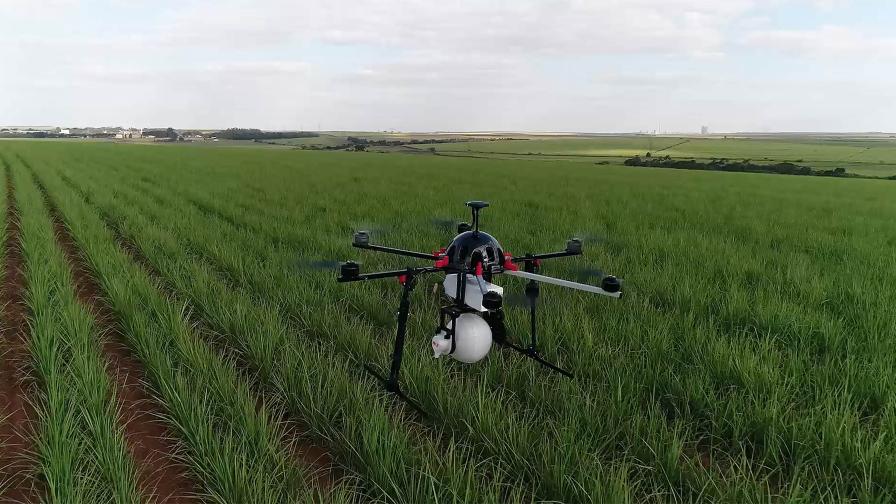The Growing Role for Biopesticides in a Crop Input Portfolio
Traditional crop inputs are facing pressures from a variety of sources. Consumers, regulatory agencies, and environmental groups have pushed all members of the ag supply chain to add biopesticides to the crop input portfolio, according to an exclusive report on Agribusiness Global DIRECT.
Whether it’s North America, Europe, or Latin America, biopesticides are being tested, explored, and applied at higher rates than ever before.
“We see a Brazilian regulatory system, where in the recent past it took three to four years to bring a product to market transition, to where today you can bring a new biopesticide to market in less than a year,” Mark Trimmer, DunhamTrimmer Managing Partner, said.
In the United States (U.S.) and Europe, the biopesticides boom may be over, but there’s no bust in sight. The maturing market means growth rates will trickle to the mid-single digits by the end of the decade and will only reverse course if biopesticides succeed with more widespread uptake in row crops. In the U.S., approximately 10% of biological control products today are used in row crops — the vast majority of their use remains in the specialty markets, according to Trimmer.
While yet to see wide use on row crops, changes could be coming. And if that happens, the biopesticide market could see even growth beyond what it’s already experienced.
The tipping point, Trimmer says, could potentially be an effective bioherbicide as North American growers’ most pressing need is weed control versus insects or disease. No bioherbicide has yet succeeded in capturing significant market share, although multiple companies are focused on this opportunity and have leads in their pipelines.
Should that point get tipped, the industry will have a problem a few years ago most wouldn’t even have imagined. And even without that tipping point, is just beginning to see.
“Our biggest growth barrier today is just having enough capacity,” Mike Allan, Vice President, North America with Certis Biologicals said. The biologicals pioneer, which does business in 50-plus countries, has invested more than $27 million to ramp up capacity over the past two years to meet demand with equipment upgrades and higher throughput volumes at its production plants.
“I think one of the big things that is going to help adoption especially in the row crop space is trying to provide a bridge — a transition to biologics,” said Matthew Dahabieh, Senior Vice President and Head of Green Chemistry Solutions with Terramera.






